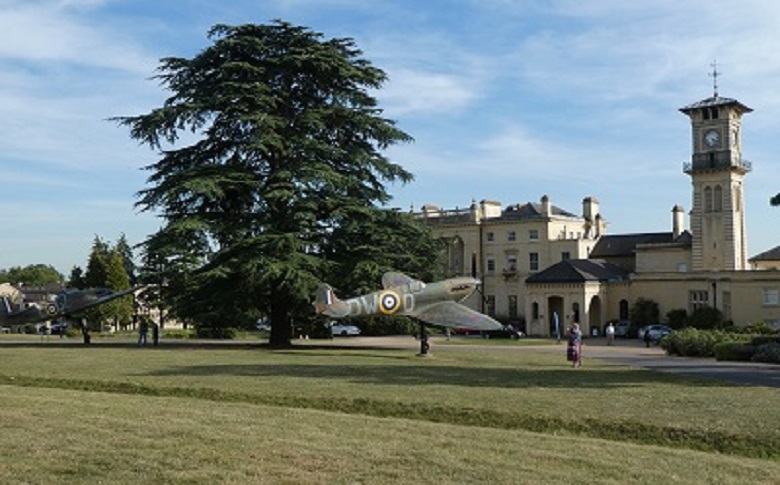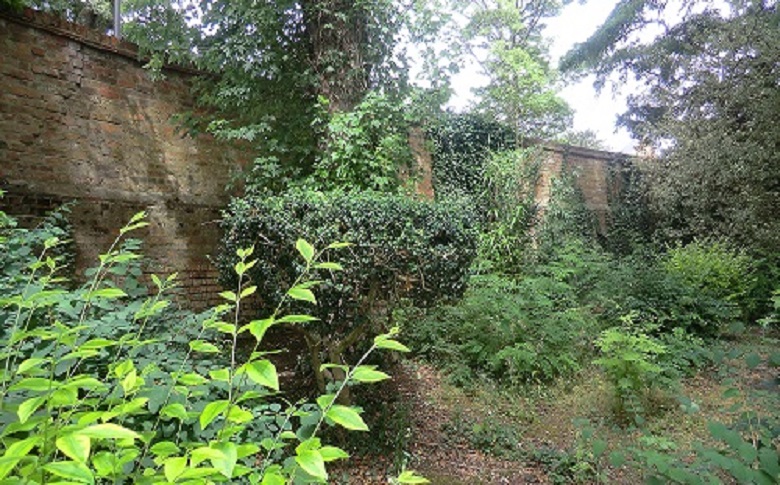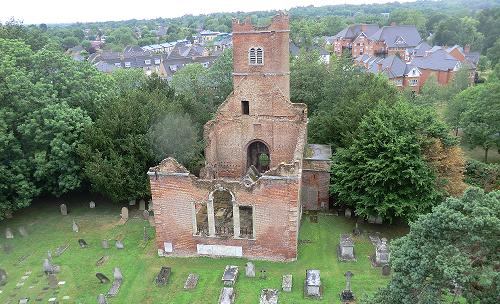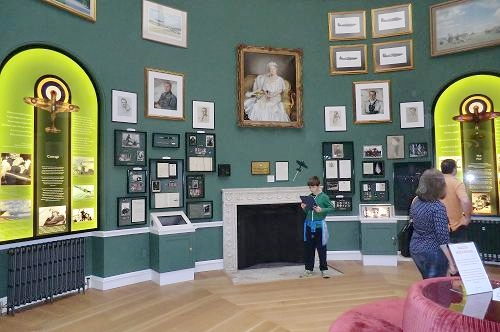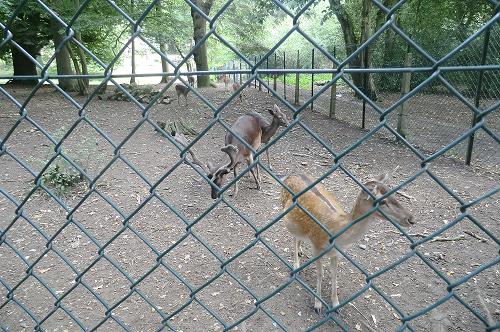Our Top five things to do in Stanmore
There are numerous things to see and do in Stanmore, this is an area with an extremely rich and fascinating past. Here you can wander through time, with History and Heritage all around you.
Make the most of our breath-taking countryside, an abundance of wide-open spaces, lush verdant greenery, lakes and ancient woodland. Take in a museum trip, shop or play a round of golf.
Here's our top five to get you started, and a top tip:
Enjoy them at their best by visiting midweek.
1. Visit Bentley Priory
Bentley Priory is an eighteenth to nineteenth century stately home and deer park on Stanmores northern edge. It was originally a medieval priory or cell of Augustinian Canons in Harrow Weald, then in Middlesex. There are no remains of the original priory, but it probably stood near Priory House, off Clamp Hill. In 1775, Sir John Soane designed a large mansion house north of the original priory, called Bentley Priory, for the wealthy businessman James Duberley. This was added to throughout the eighteenth and nineteenth centuries by various owners. It was significantly extended in 1788, again by Sir John Soane, for John Hamilton, 1st Marquess of Abercorn. The priory was the final home of the Dowager Queen Adelaide, queen consort of William IV, before her death there in 1849. It subsequently served as a hotel and girls' school before being acquired by the Royal Air Force in 1926.
In the Second World War, Bentley Priory was the headquarters of RAF Fighter Command, and it remained in RAF hands in various roles until 2008. The Bentley Priory Battle of Britain Trust has secured part of the building to be used as a museum and memorial dedicated to those who served in the RAF
2. Visit Stanmore Country Park
Stanmore Country Park lies just north of Stanmore Station on the slopes of the hill leading up to Wood Farm to the north. On warm summer weekends it is busy with walkers and visitors; on a frosty winter’s day it can be deserted of people but loud with passing birds and foraging muntjak deer. The reserve is open all year round and welcomes all visitors. All that we ask of visitors is that you treat the site with respect – that includes not dropping litter, not picking flowers or fungi, not lighting fires, not damaging trees or fences, and keeping dogs under control. The open space is managed by voluntary wardens who work to record species and enhance the site’s biodiversity. Larger scale work, such as mechanical cutting of the open areas to prevent scrub growth, is performed by council workers and contractors.
The lower parts of Stanmore Country Park lie on the heavy, impermeable London Clay. As the ground rises to the north, successively faster draining soils overlay the London Clay: first the Claygate Beds and then the rounded pebbles of the Stanmore Beds. As the Stanmore Beds and Claygate Beds drain freely, water washes nutrients out of the surface layers causing the soil to be acid. This means that very different ecologies can be seen on Stanmore Country Park within a few metres of each other.
3. Bernays Public Gardens
The delightful Bernays Gardens are located at the junction of Old Church Lane and Church Road and fall within ‘The Old Church Lane Conservation Area’. The gardens take their name in memory of two local Victorian Rectors
In 1923 Samuel Wallrock, a property developer, bought the Manor House and its grounds. The Manor House was demolished in 1930 and a new mock Tudor manor house was constructed, along with various outbuildings.
The new buildings were made to look older with handmade clay tiles and stained glass from the local church. The old brick walls which formed the original boundary remain as the walls to Bernays Gardens.
4. The Churchyard of St. John the Evangelist
The churchyard is well worth a visit, Its centrepiece is a church ruin, one of Stanmores original churches, dating back to 1632. Other interesting features include a Lych gate, given to the church by the eminent Victorian railway engineer Sir John Kelk.
Dotted around the grave yard are notable tombs of Charles Keyser, founder of the Colne Valley Water Company, Col. Mark Beaufoy, Governor of Harrow School and the first Englishman to climb Mont Blanc, Frederick Gordon, the world’s greatest hotelier and chairman of the Harrow & Stanmore railway, the librettist and poet W S Gilbert, The Naturalist Eliza Brightwen, England cricketer Vernon Royle and William Knox D’arcy founder of the Anglo Persian Oil Co. later to become British Petroleum.
5. The Priory Nature Reserve
This was originally the park and pleasure grounds of the estate of Bentley Priory which originated in the early 13th century as an Augustinian house attached to the Priory of St Gregory, Canterbury.
In 1926 the estate was broken up, with 240 acres sold to a building syndicate, who divided it into lots, enabling Middlesex County Council to purchase 90 acres of land as part of the Green Belt for a public park. The Air Ministry purchased the mansion and 40 acres of land, including the formal gardens The land purchased by the Middlesex County Council was transferred to the GLC, and came into the ownership of The London Borough of Harrow in 1968.
The grounds are now maintained as a nature reserve by the Harrow Nature Conservation Forum, a sub-committee of the Harrow Heritage Trust.
# visitstanmore
Whether you are visiting on your own as a couple or with the family you will always find plenty to do. Nowadays Stanmore is a place of numerous open spaces and parks. It remains a charming and rural place, with an extremely rich and fascinating history
Show Stanmore some love by supporting small local independent business in the area. Treat yourself to a Sunday morning coffee and pastry, have lunch or picnic with some grub-to-go from a deli or café
But more importantly enjoy yourself and experience Stanmore like never before!
